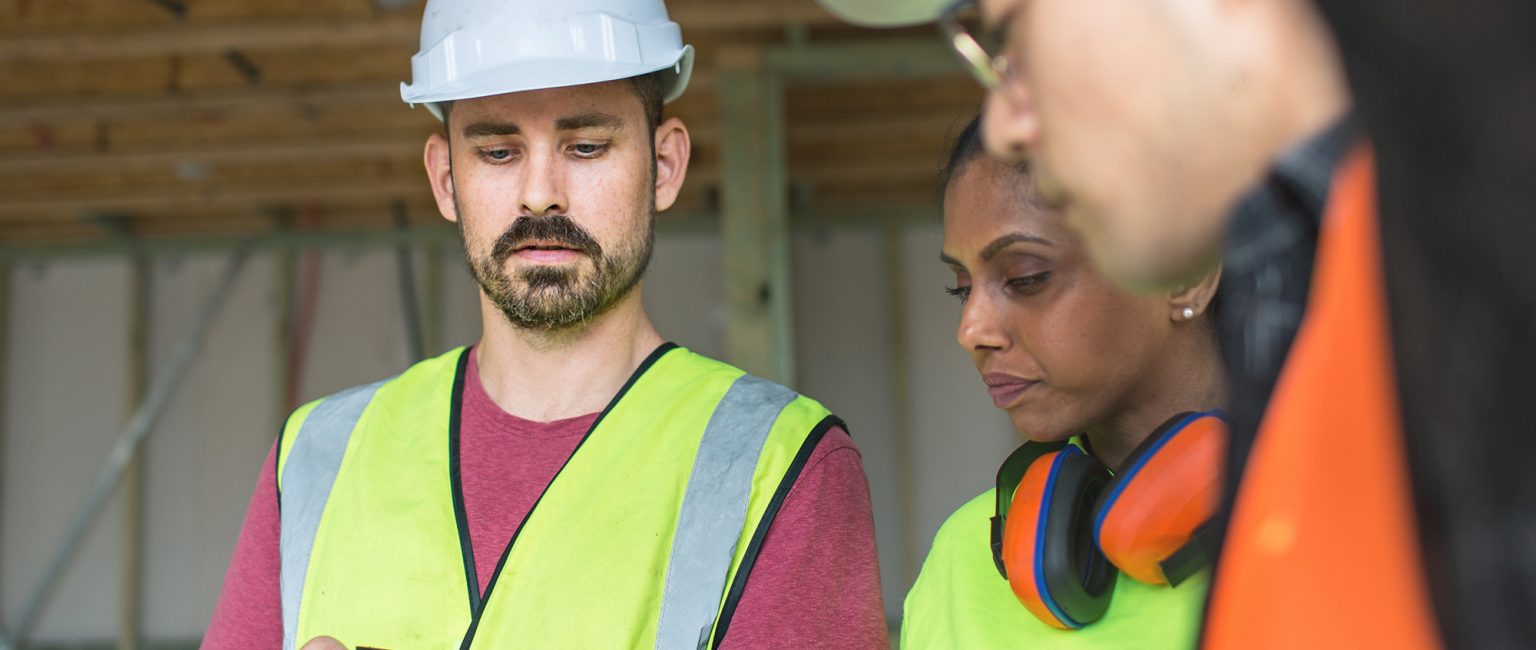Can build-to-rent play a greater role in tackling the rental crisis?

A rental crisis is emerging in Australia and looks set to worsen. Part of the solution, according to a growing chorus in the property industry, is to advance build-to-rent.
Build-to-rent has had significant success overseas and could well hold the key to increasing rental supply, but there are challenges to overcome if this development model is going to take off here.
This year, the number of properties available for rent has fallen to the lowest level seen since 2003, according to research by PropTrack. The fact that this drop in vacancy has occurred during a period in which population growth has been largely stagnant is of particular concern.
With migration from overseas now picking up, the supply of available rentals is predicted shrink further, adding more fuel to rent growth.
While enabling more build-to-rent projects won’t alleviate current shortages, state governments are increasingly recognising the model’s potential as part of a longer-term strategy to increase supply.
To date, the vast majority of Australia’s dwellings have been developed on a build-to-sell model. That is, the developer builds, then sells the properties upon completion of the project.
In the case of build-to-rent, the developer maintains ownership once construction is complete for the purpose of renting it out. Benefits to investors include steady income streams, while benefits to tenants include greater security of tenure.
Typically, this model involves large scale apartment complexes owned by institutional investors. While this model is well established in the US and Europe, it has struggled to get off the ground in Australia. Taxes are a key part of the issue.
In the US and Europe, build-to-rent is taxed in much the same way as other forms of commercial real estate. This is not the case in Australia where, in most states in territories, build-to-rent developments have faced the higher rates of land tax and stamp duty that apply to residential.
GST presents another imposition. Under build-to-sell, developers can claim credits for the GST encountered on land and construction costs, credits that are not available under build-to-rent.
Foreign investors, who typically use managed investment trusts to buy Australian real estate, can also be hit with a 30% withholding tax.
In addition to taxes, high land and construction costs, lengthy approval timelines, and complex regulations also make Australia a challenging market for build-to-rent.
Accessing finance is another key hurdle, with more traditional institutions like banks hesitant in lending to what locally is a relatively untested asset class. It is for this reason that most of the build-to-rent seen in Australia has been financed by other sources, such as super funds and REITs.
Despite the challenges, state governments are increasingly recognising the role build-to-rent could play in alleviating supply issues. This has led some states to offer incentives such as land tax discounts and reduced foreign investor duties when certain conditions are met.
These changes are having an impact, with a report by EY predicting up to 175,000 new homes could be added over the next decade through the build-to-rent model, equivalent to around 5% of rentals.
While this might sound like a lot, it’s worth bearing in mind that Australia’s population is expected to rise by 3.5 million over the next 10 years, according to government forecasts. Further, the proportion of Australians who rent has been steadily rising for decades, now estimated at one-in-three.
There’s no question more needs to be done to increase the supply of new homes. Further removing barriers for build-to-rent could play an important role in boosting the supply and diversity of Australia’s rental market.







